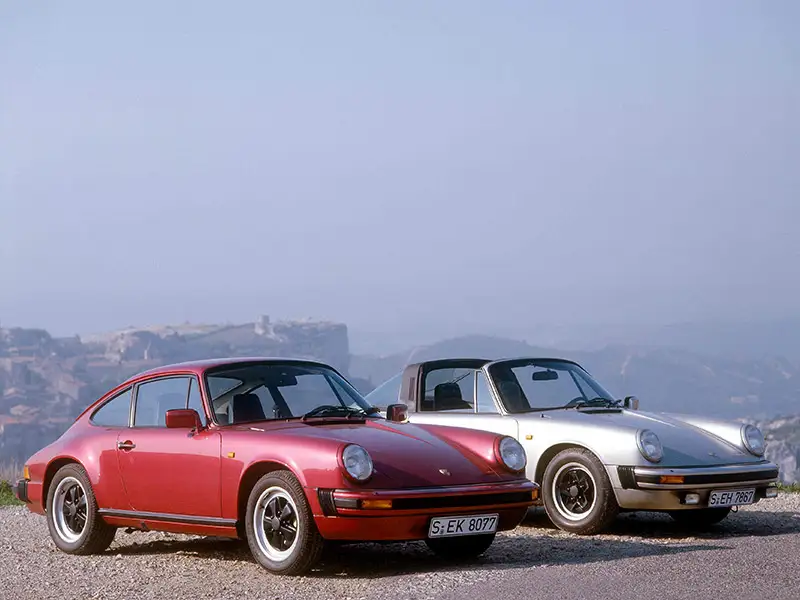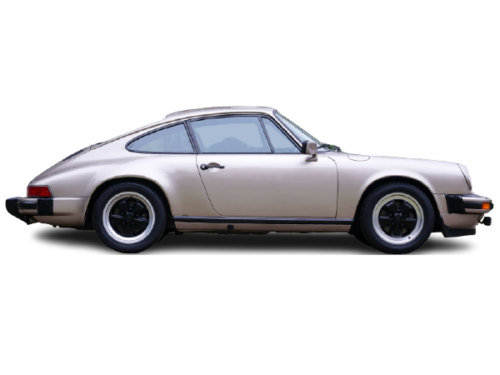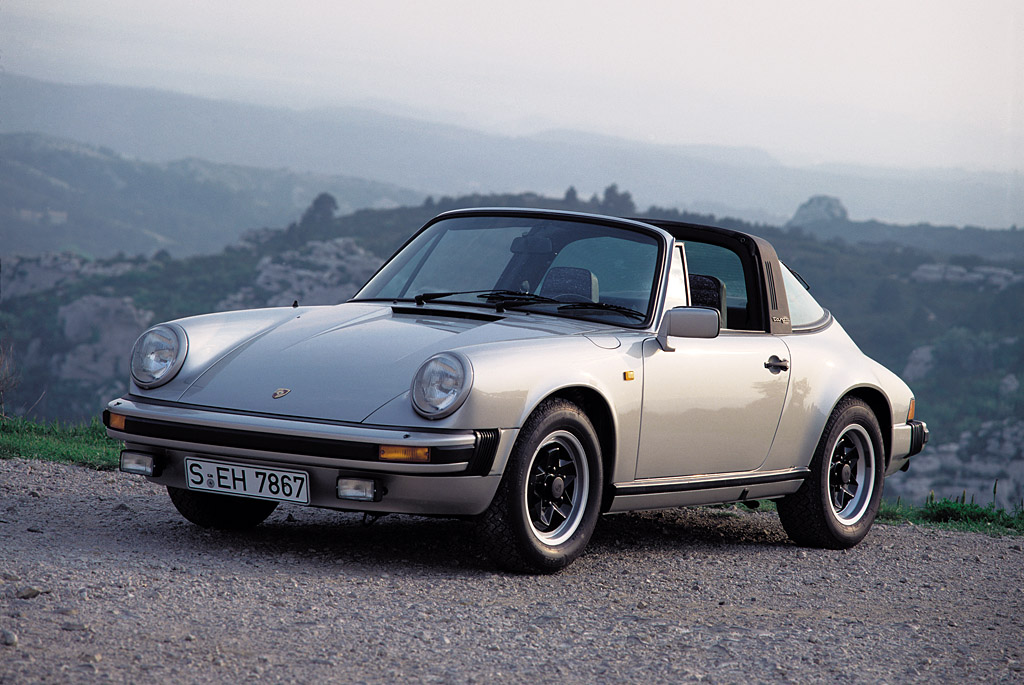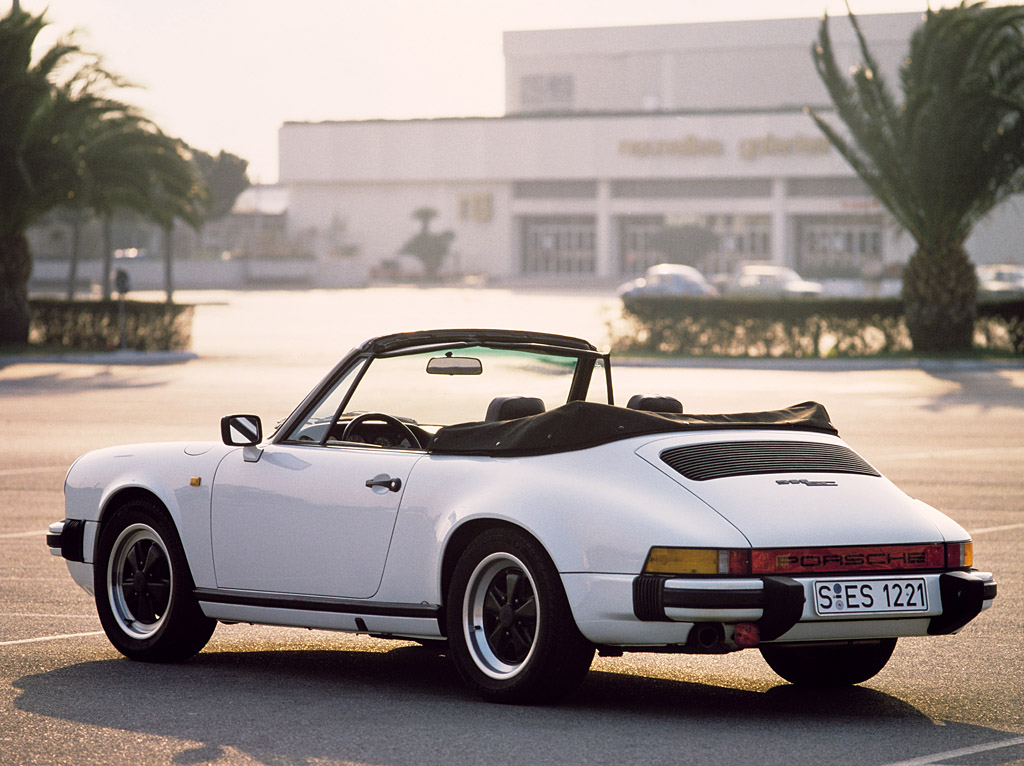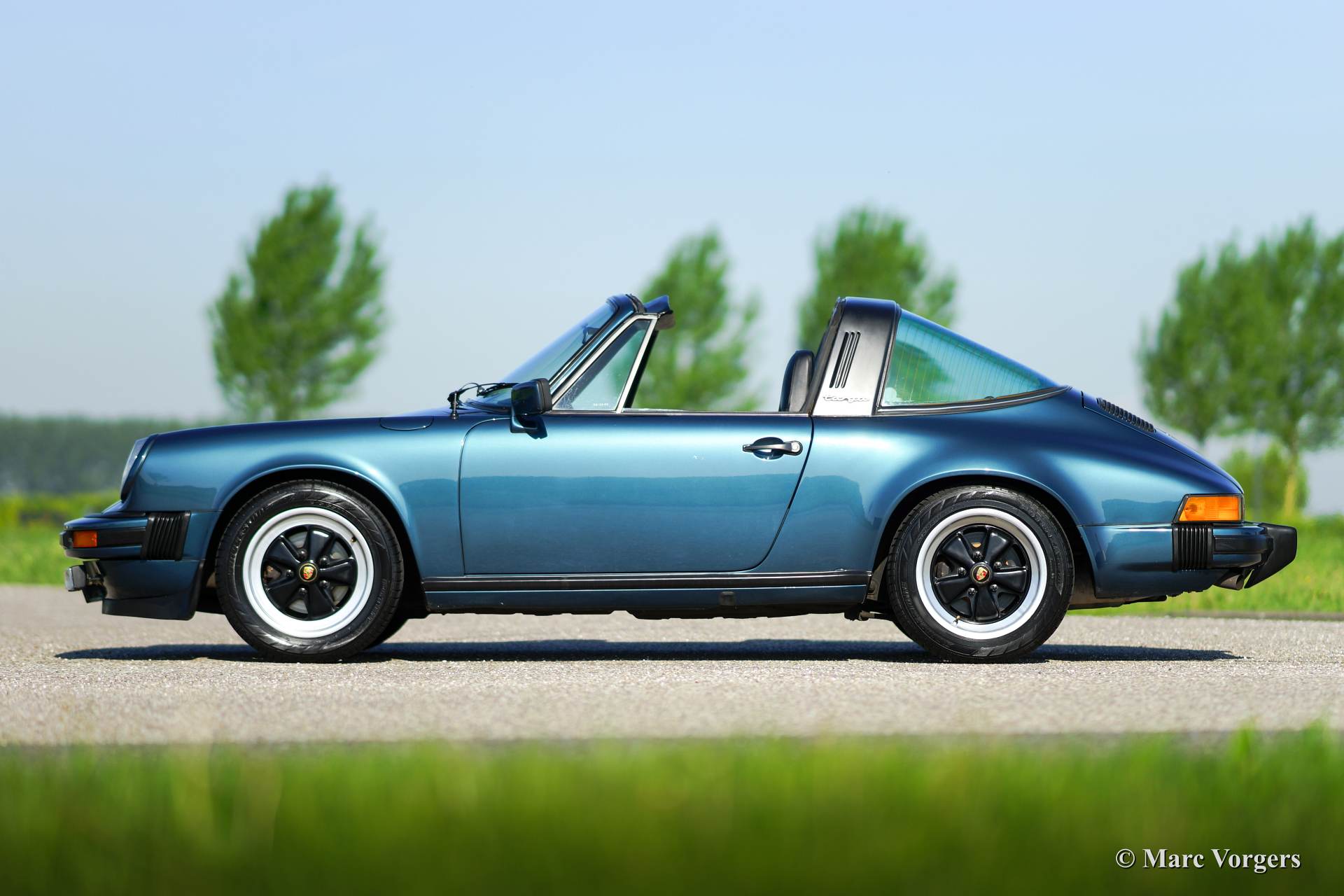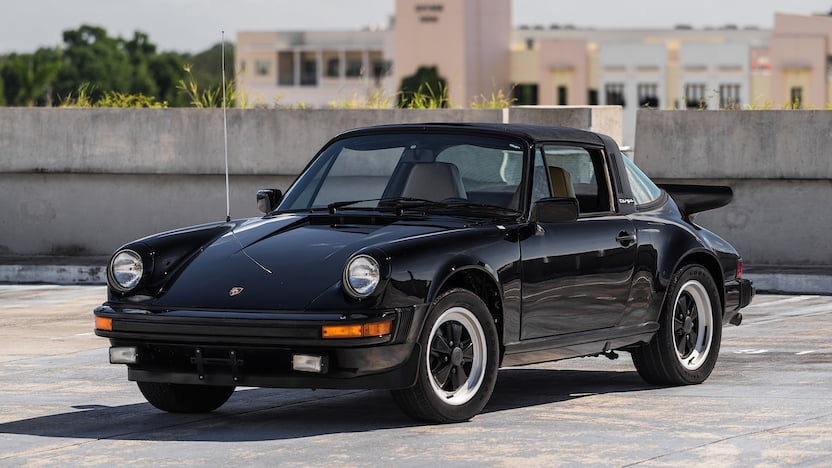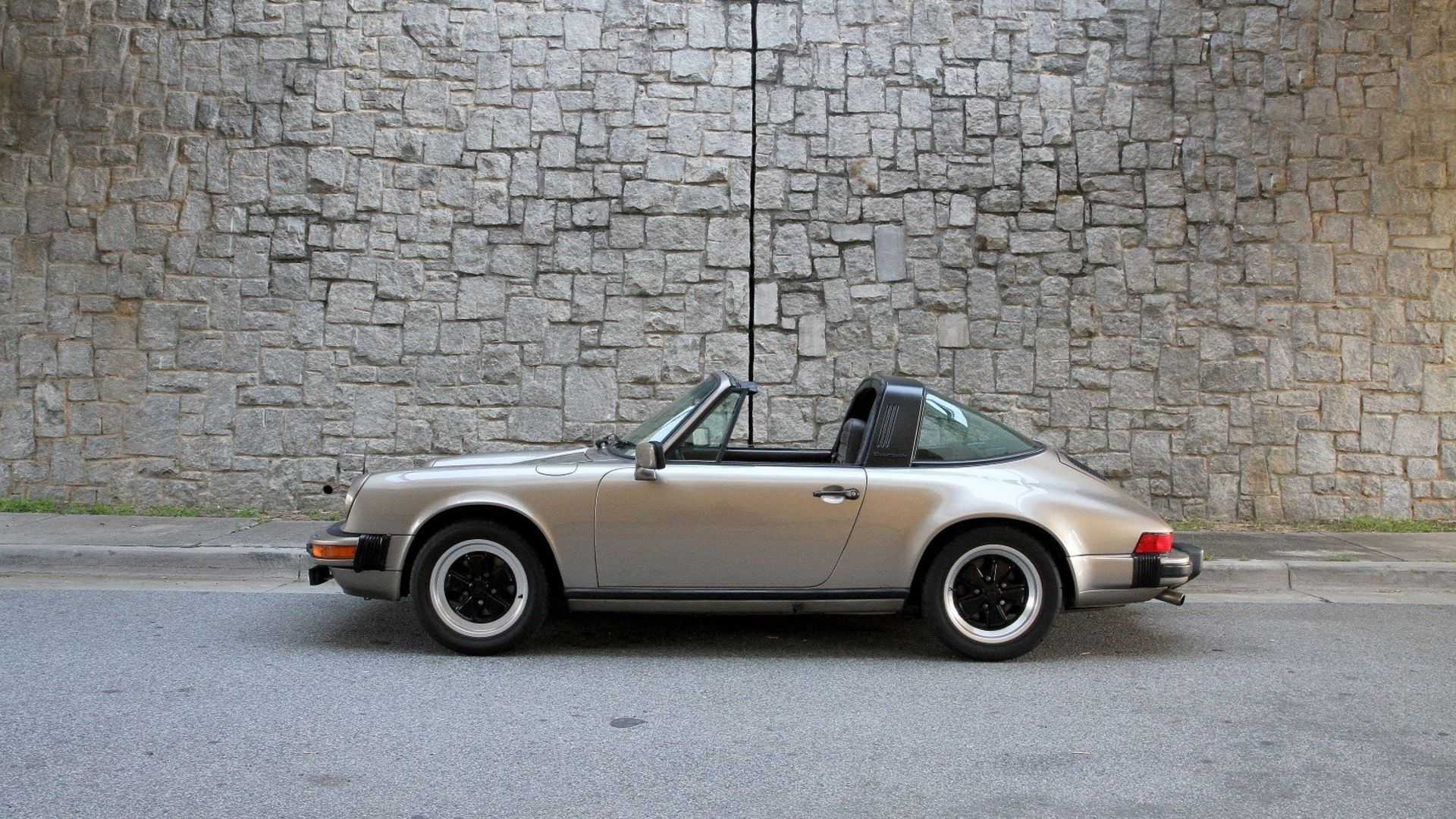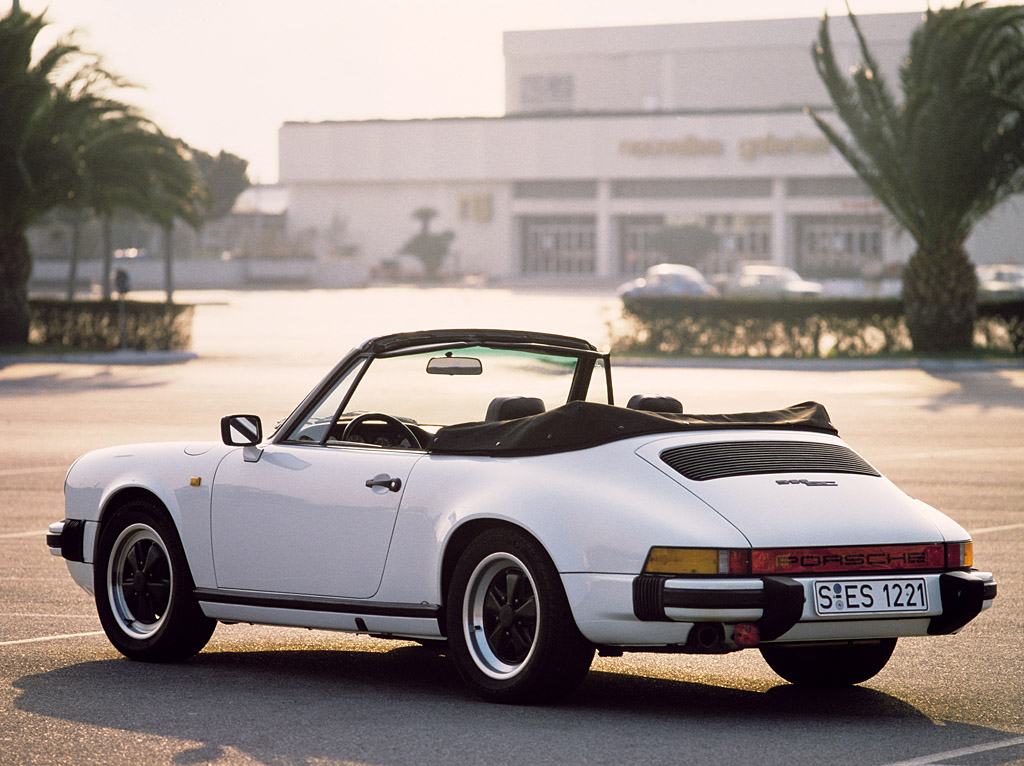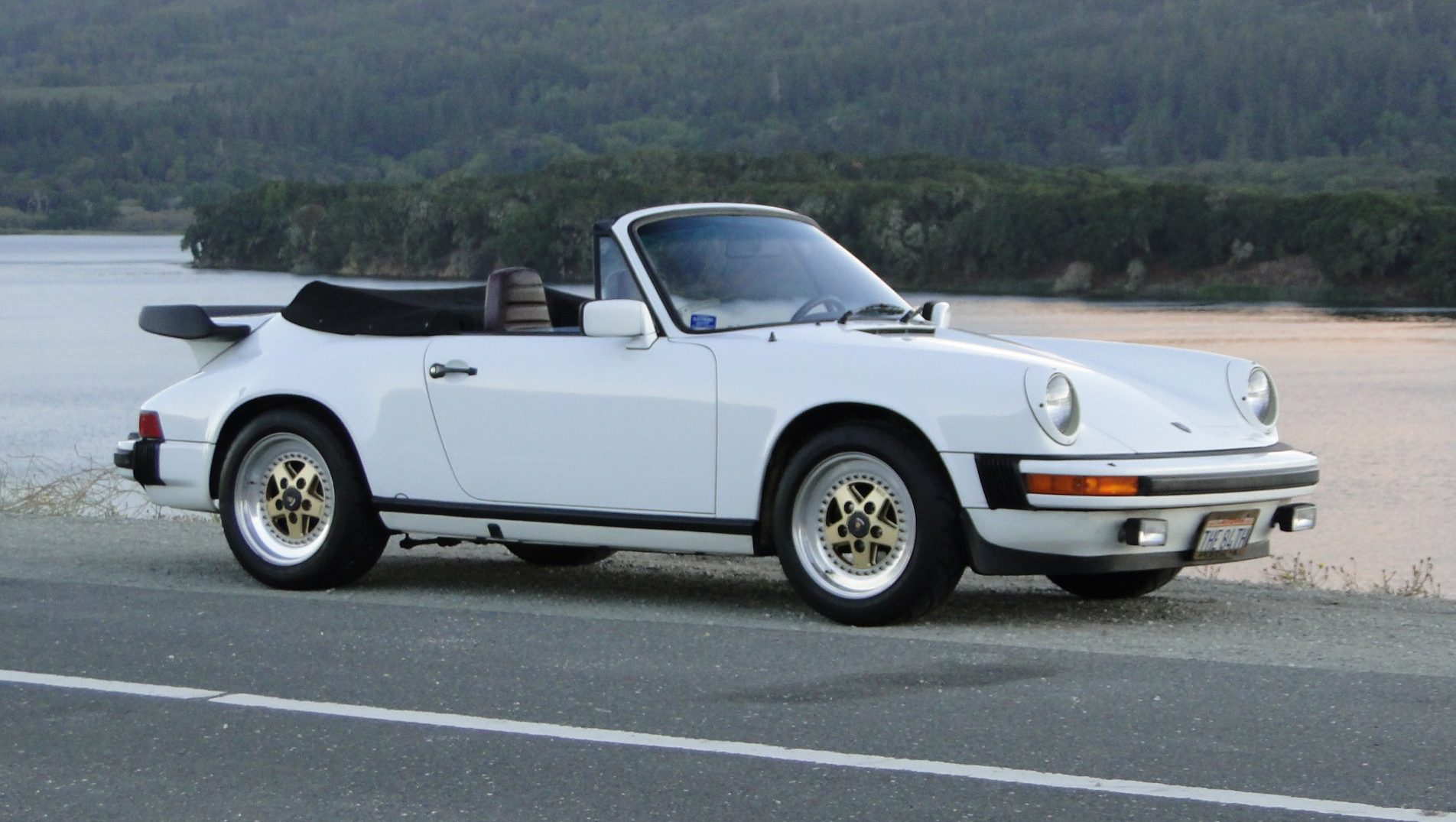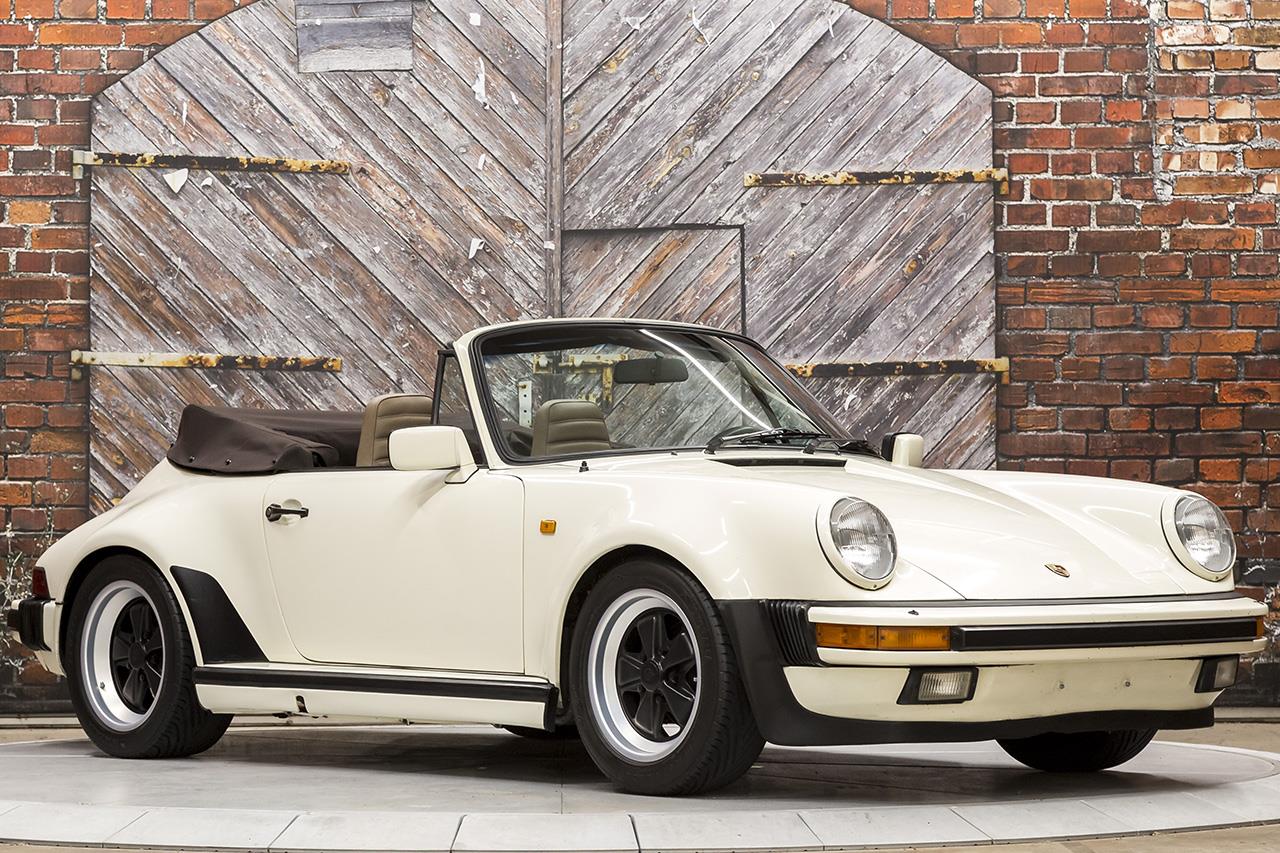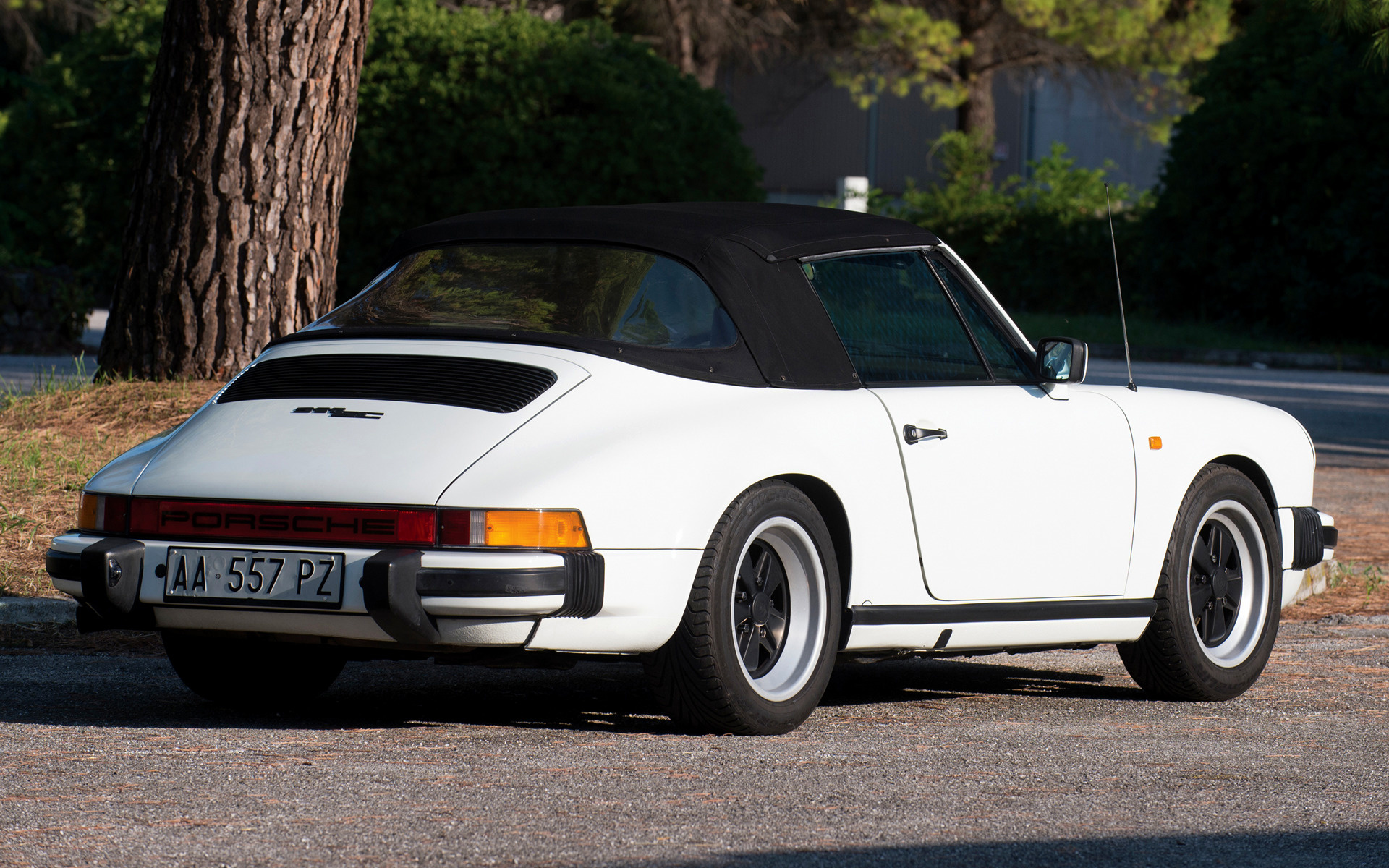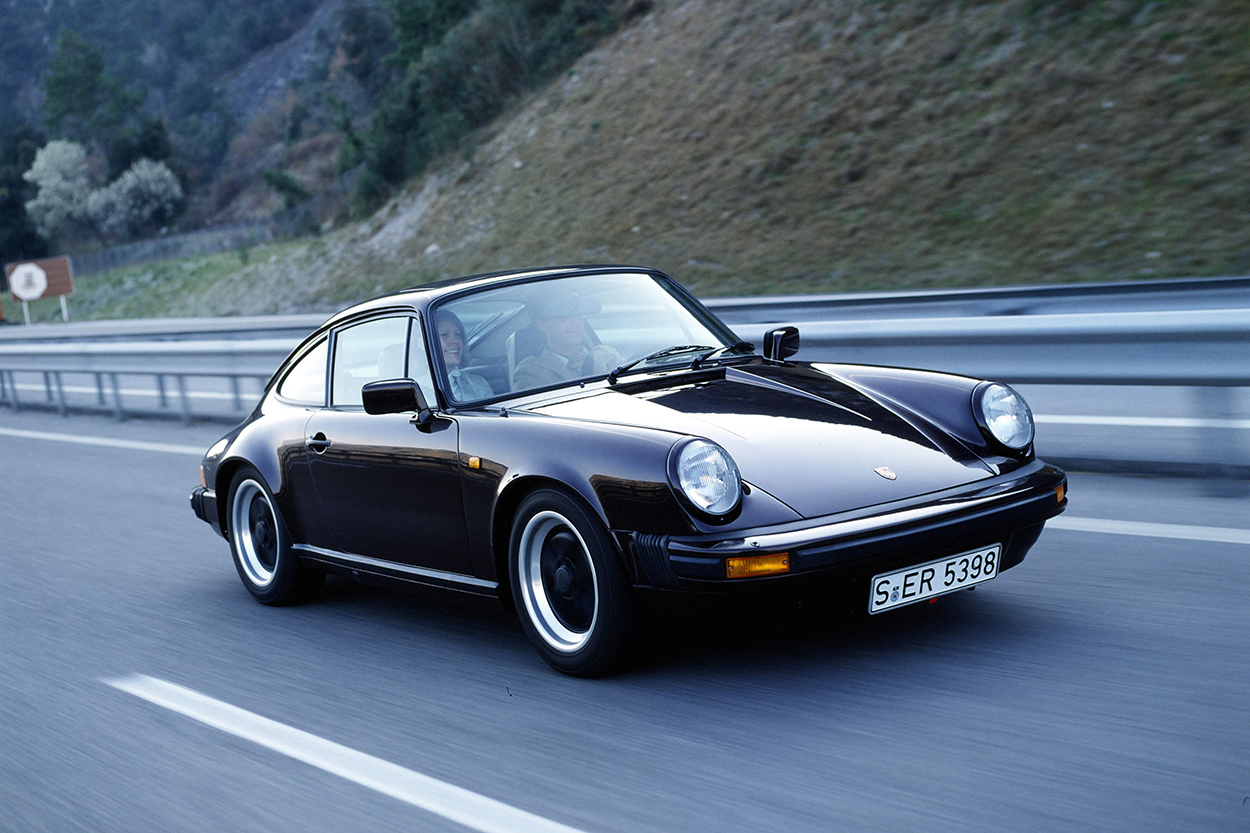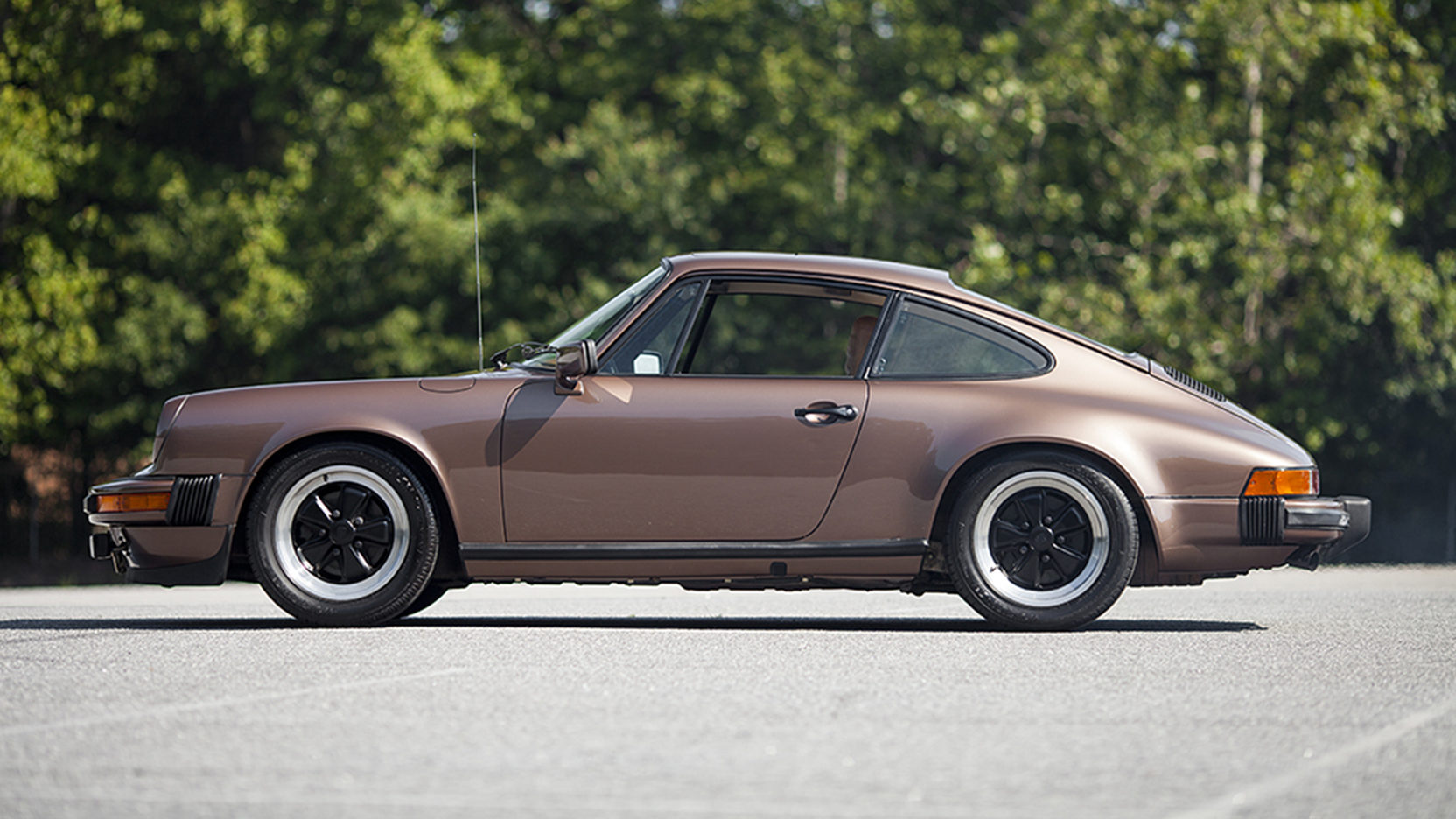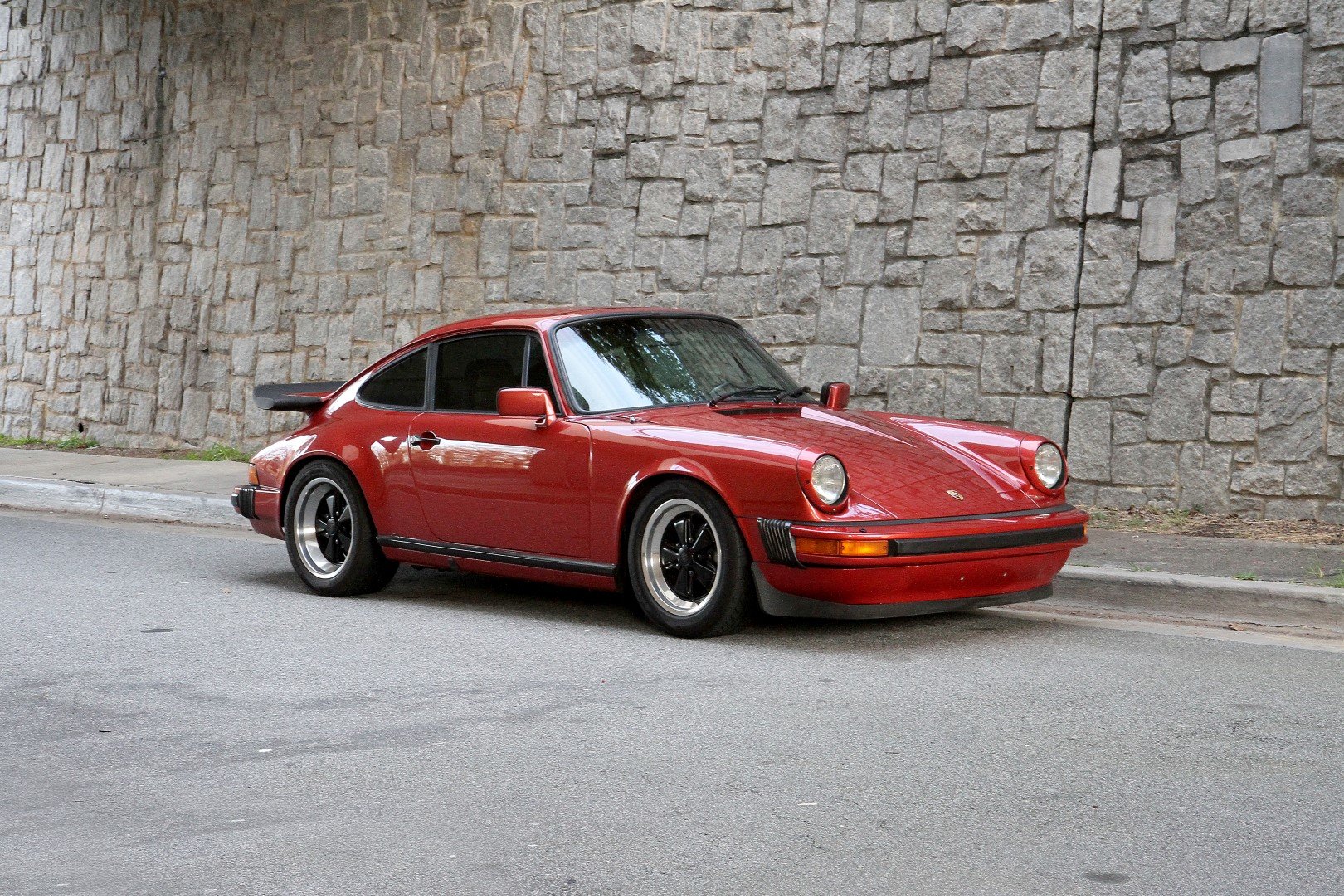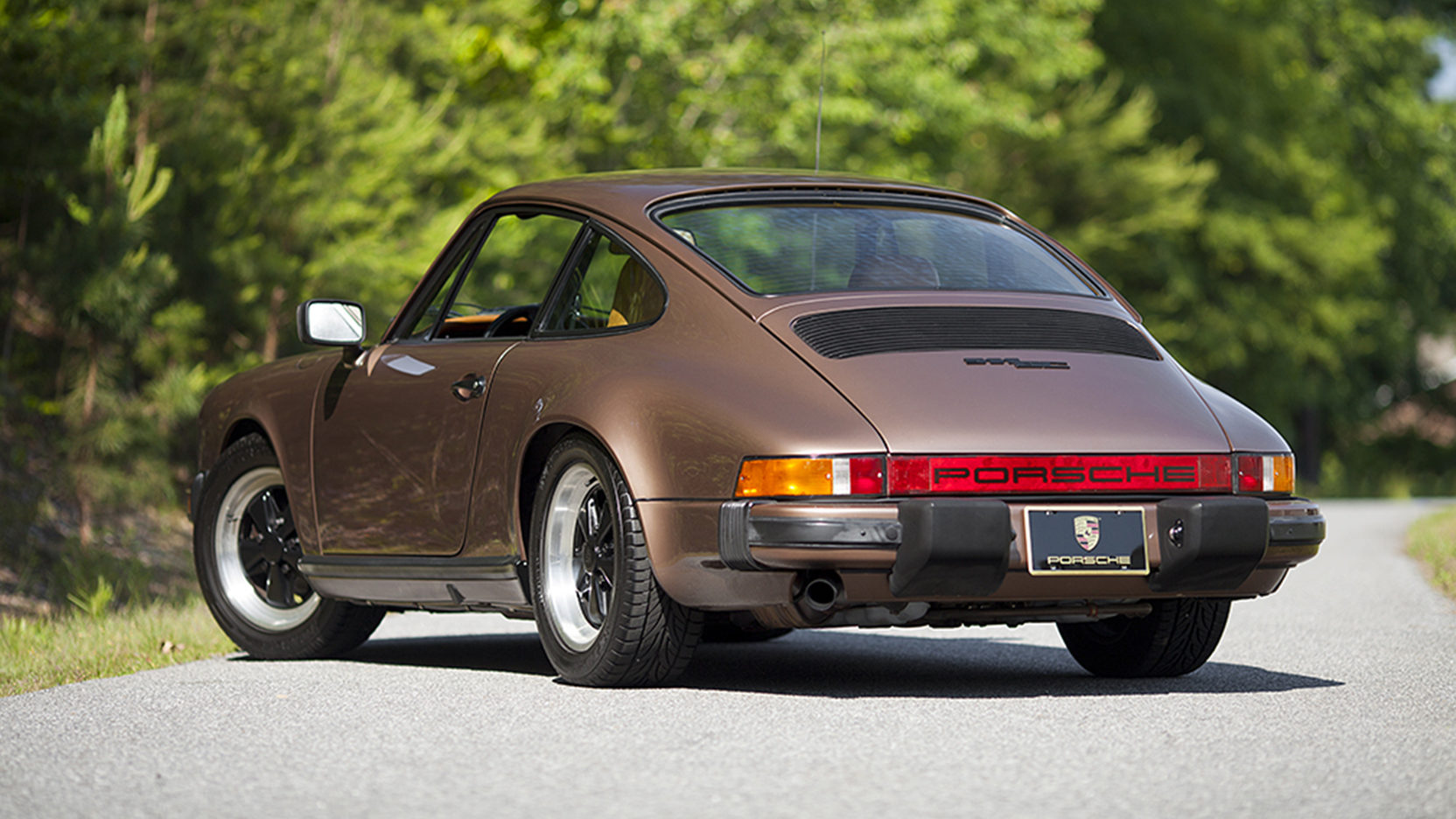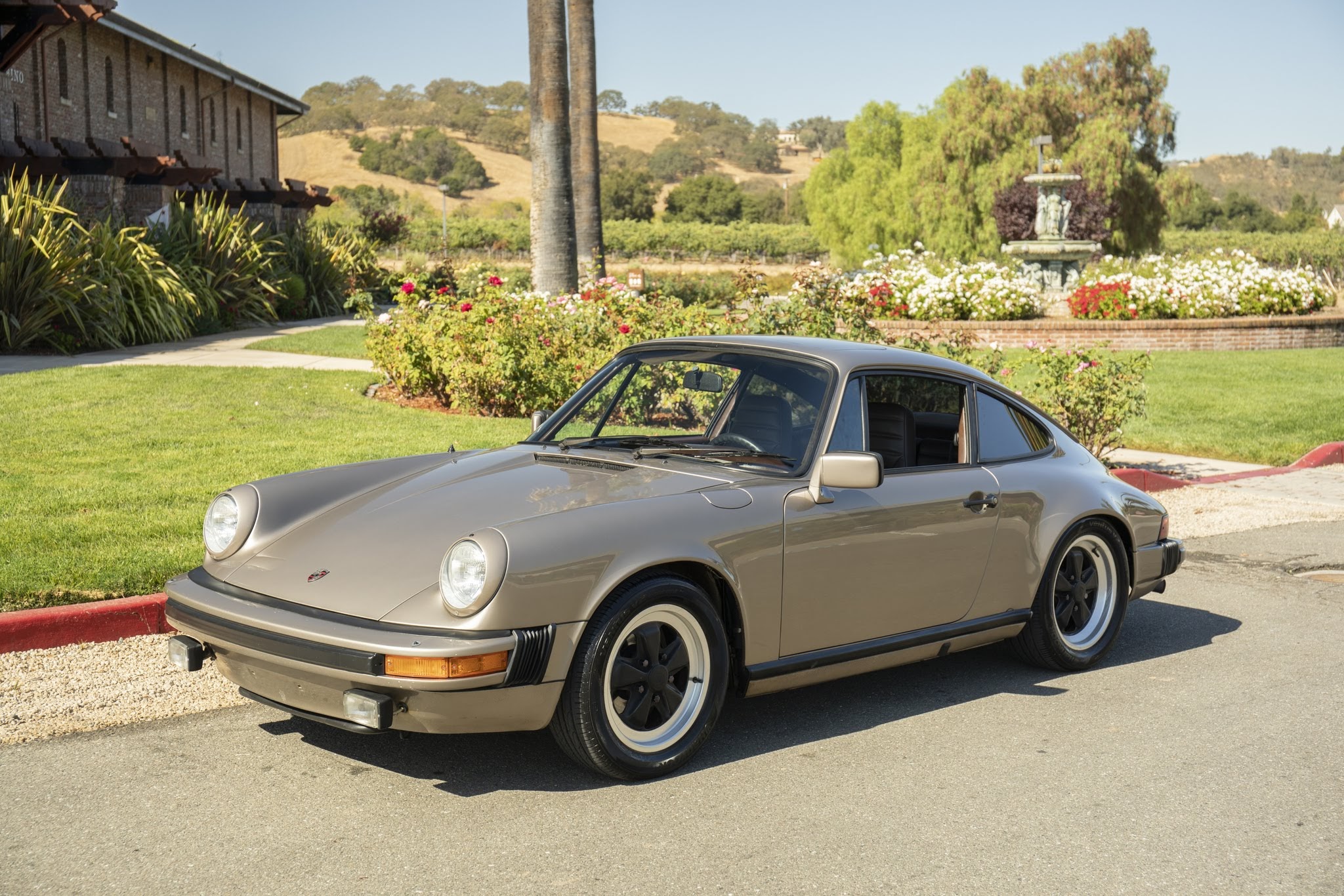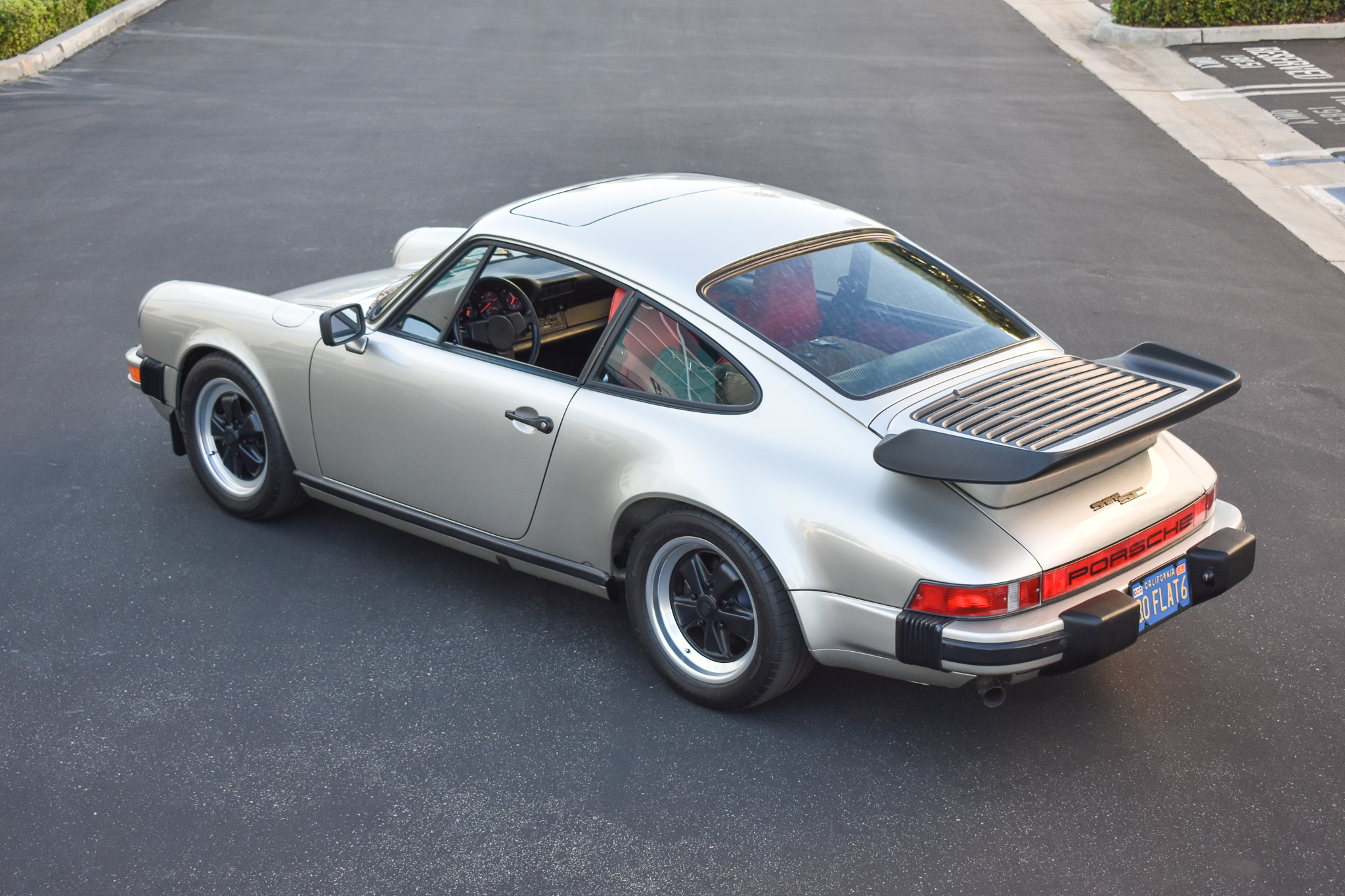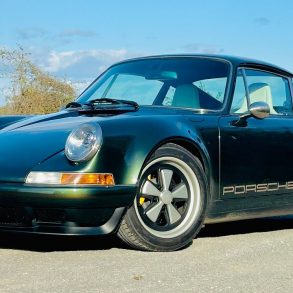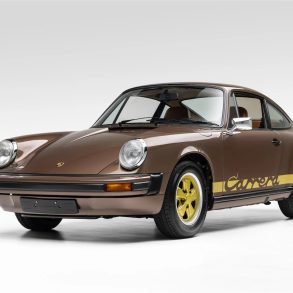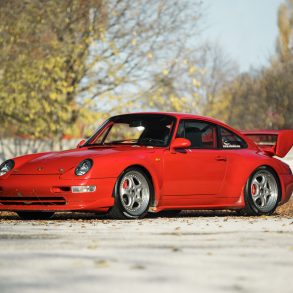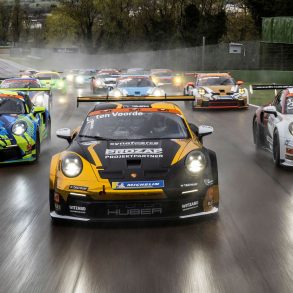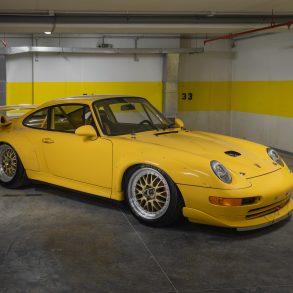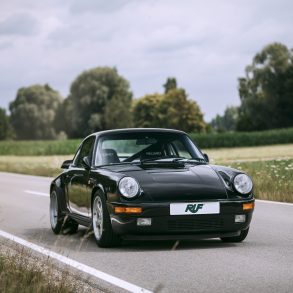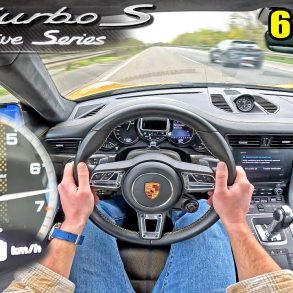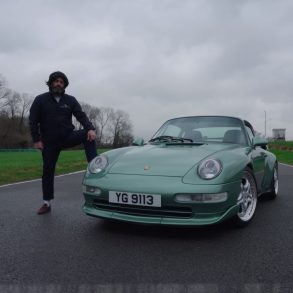1978-1983 Porsche 911 SC – Ultimate Guide
In model year 1978, the 911 model range was reduced to two models. The 911 SC (Super Carrera) took the place of the 911 and Carrera models. The 911 SC effectively replaced the 911 S and was one of Porsche’s first models that was meant for the international market. It was sold as a cheaper alternative to the 911 Turbo. The SC used an unblown version the 930 Turbo unit that offered 180 to 200 bhp depending on model year. Options included the rear whale tail, front chin spoiler, Bilstein dampers, 16 inch wheels with Pirelli P7 tires and sports seats. Sometimes dealers lumped these options together to create their own sport package. The SC was even more luxurious then the Carrera 3.0 of the years before. The engine however didn’t deliver as much power as the Carrera 3.0’s engine (20 bhp less), but because more torque was available at lower revs the car was nicer to drive.
The Story
The long term plan for the 911 was dicey in the late 1970s. Porsche had been planning to replace the 911 with the Porsche 928, a front drive V8 engined GT car that was winning awards and getting lots of acclaim. Then in 1978 a brand new model 911 was introduced to the world, the Porsche 911SC. The SC therefore (which stands for “Super Carrera” BTW), was destined to be the last of the model 911 line as the all new V8 Model 928 was waiting in the wings to take over as the flagship for the 1979 model year – alas, it was not to be. In the end, the 911 SC was to deliver a more refined, more driveable, more dependable and still top level performance car. Porsche was hoping that the 911 SC would be more interesting to more potential buyers and could broaden the 911s buyer base.
The SC was built around the 1974 Carrera 3.0 Turbo engine, a unit that could be further tuned for performance and still be deemed practically bulletproof. Porsche had already used the 3.0 (Turbo) engine without the turbo-charger in the 1975 911 Carrera 3.0, but in 1977 the 2.7 engine was definitely put aside. The new Porsche 911 SC used the 3.0 litre unit, because it had better reliability and more potential for future tuning than the 2.7 engine.
1978 was expected to be the last 911 model year so no real updates were made. Porsche did add a new Sport Group package option added the well-known waletail and front air dam. The black Fuchs wheels were also part of this package. Also optional were red and blue ‘Martini’-stripes, referring to the victories of the Porsche racing cars (option M42). The sportomatic option was finally dropped. The standard cars had ATS wheels ( 6Jx15 ) and were delivered with the ‘black-look’, although some models were delivered with chrome parts. Because of all the luxury the 911 gained some more weight and now tipped the scales at 1160 kg’s.
The model 911SC offered American buyers an attractive 15 bhp bump over it’s predecessor the model 911S. Porsche sought to make the SC a ‘world’ car by fitting every model for every market with an exhaust emission air pump. The emissions regulator created a 20 bhp loss for the Europeans when the SC replaced their 200 bhp model Carrera 2.7. Porsche made compensation for the loss of power by advancing the timing of the camshafts by a mere six degrees, allowing it to pull surprisingly strong from low rpm’s – a classic feature that still graces the grunt of every Porsche on the market today.
By 1980, the model 911SC was equipped with a speedometer that read up to the US DOT-mandated 85mph (by 1983 the standard speedo read 160) and standard features that included, air conditioning and power windows which were a plus for luxury seekers, but ultimately frowned upon by enthusiasts due to the loss of power and added weight that had also become standard. Despite the added heft and waning power, the SC was still in high demand and was outselling it’s newly introduced successor, the model 928, by nearly fifty percent. It was now clear to Porsche that production of the model 911 should continue and with this new direction focus would be shifted toward resurrecting the legendary aggressiveness that Porsche enthusiasts were left longing for.
In 1981 a concept car was presented at the Frankfurt motorshow. This concept car was a cabriolet version of the 911 and featured four-wheel drive. In 1982 the 911 SC cabriolet went on sale (the first cabriolet since the 356) as a 1983 model year car. The cabriolet was based on the Targa’s bodywork and was said to need very little extra reinforcements. Since it’s introduction the cabriolet slowly gained market share at the expense of the Targa and was so popular people ordered a year ahead to get one.
Power was again increased for the 1981 year model, now at 204 horses and plenty of those famous Porsche performance tweaks to bring a smile to sport driving enthusiasts worldwide. In late 1981, a Cabriolet concept car was introduced at the Frankfurt Motor Show. The Cabriolet was made available to the public in late 1982 as a 1983 model and proved to be wildly popular despite it’s premium price tag, selling out more than a year in advance.
There were basically 3 special editions of the model 911SC. The first one, the ‘Martini’ edition was built celebrate victories in the World Manufacturers Championship and the World Sports Car Championship, as well as the fourth consecutive racing season with sponsors Martini & Rossi. In 1980, a limited edition model 911SC was produced for the American market. The ‘Weissach’ edition was a standard SC with special paint, and only 468 were produced. Finally, in 1982 the model 911 SP ‘Ferry Porsche’ was introduced as a special edition to celebrate 56 years of Porsche. Only 266 of were built.
The chassis was the same as the prior 3.0 Carrera, with a galvanized unitary steel bodyshell that had been introduced for the 1974 model year. Updates included beefier anti-roll bars and a thicker rear torsion bar. For the first time, a brake servo was fitted which reduced pedal effort especially when cold. Suspension was fully independent with torsion bars and telescopic shocks plus an anti-roll bar at either end. The front used a compact MacPherson strut arrangement with a single lower wishbone. At the rear, semi-trailing arms were installed. Ventilated disc brakes were fitted all round.
911 SC Coupe and Targa (1978-1983)
The 911 SC effectively replaced the 911 S and was one of Porsche’s first models that was meant for the international market. It was sold as a cheaper alternative to the 911 Turbo. The SC used an unblown version the 930 Turbo unit that offered 180 to 200 bhp depending on model year. Options included the rear whale tail, front chin spoiler, Bilstein dampers, 16 inch wheels with Pirelli P7 tires and sports seats. Sometimes dealers lumped these options together to create their own sport package. The Coupe and Targa bodystyles were available for the entire production period from 1978 to 1983.
911 SC Cabriolet (1983)
After producing no convertibles for 18 years, Porsche launched the 911 SC Cabrio in the spring 1983. The top made extensive use of metal plates and fixed components to maintain rigidity at high speeds and offer some rollover protection. When first offered to North America, Road & Track listed a price of $34,450. Available options included $1,905 leather seats, $795 Monterey stereo and $1,850 16-inch forged wheels with Pirelli P7s. Road & Track also found that the Cabriolet was only marginally slower than the Coupe, taking 7.0 seconds to reach 60 mph instead of the Coupe’s 6.7 seconds.
A Note On USA Market Cars
US variants were 30kg heavier owing to additional emissions equipment that included a two-way catalytic converter. Instead of the Type 930/03 engine fitted to other derivatives, the US-spec. 911 SC was supplied with either a Type 930/04 engine or Type 930/06 engine if destined for sale in California. Japanese market 911 SCs came with their own special motor designated Type 930/05.
Production Numbers
During it’s production run between 1978 and 1983, 911SC sales crossed the 60,000 unit mark. Not bad for a runout model that was going to be the last of the 911s. The 60,265 Porsche 911 SCs that were bought across the coupe, cabriolet and targa bodystyles cemented the 911 in the Porsche lineup. The SC 911 was replaced by the 911 Carrera 3.2 in 1984.
| Model Year | Series | Coupe | Targa | Cabriolet | Total |
| 1978 | K-series | 5178 | 4308 | 9486 | |
| 1979 | L-series | 5705 | 5284 | 10989 | |
| 1980 | A-series | 4831 | 4272 | 9103 | |
| 1981 | B-series | 4876 | 3120 | 7996 | |
| 1982 | C-series | 5892 | 4163 | 10055 | |
| 1983 | D-series | 5761 | 2688 | 4187 | 12636 |
Model Timeline
1978 Model Year – K Series Cars
Production of the 1978 model year K-series 911 SC began in August 1977 and ran for twelve months.
1979 Model Year – L Series Cars
The 1979 model year L-series 911 SC started being built in August 1978. The changes for this model year were minor, with some revised gear ratio and some new colors.
1980 Model Year – A Series Cars
A nice update for 1980 was a more powerful 188 bhp engine (Type 930/09) for non USA/Japan countries. The increase in power was thanks to revised ignition, new camshaft timing and a new timing chain tensioner idler arm. Compression was increased from 8.5:1 to 8.6:1 and the front wing oil cooler was modified to improve heat dissipation. The US market had to make do with a 180 bhp engine (Type 930/07), but that engine also got updates, now with a new three-way catalytic converter and Lambda sensor. This new Type 930/07 engine was legal in all 50 states. Japan got the same spec, although their engine was a Type 930/08 designation. The other big change was the removal of the Sportomatic transmission because people weren’t ordering it.
In 1980 Porsche made 400 special edition cars. Called the Weissach Special Editions they were just for the US market.
1981 Model Year – B Series Cars
Porsche gave the SC an upgraded engine (Type 930/10) which boasted an upgraded Bosch K-Jetronic and increased compression ratio of 9.8:1. Power was 204 bhp @ 5900rpm while torque was 197 ft lbs @ 4300rpm. Thicker anti-roll bars were fitted to all B-series 911 SCs.
1982 Model Year – C Series Cars
The 1982 model year SC got an updated Turbo-looking spoiler and better heating system. There was also another special edition, the Ferry Porsche, a celebration of Porsche’s 50th anniversary. Limited to just 200 units, it got Meteor Metallic Grey exterior color and Turbo-look spoilers.
1983 Model Year – D Series Cars
The 1983 model year saw a new exhaust silencer as standard as well as the addition of rear seat optional three-point safety belts. More significantly, a 911 SC Cabriolet entered production in October 1982.


